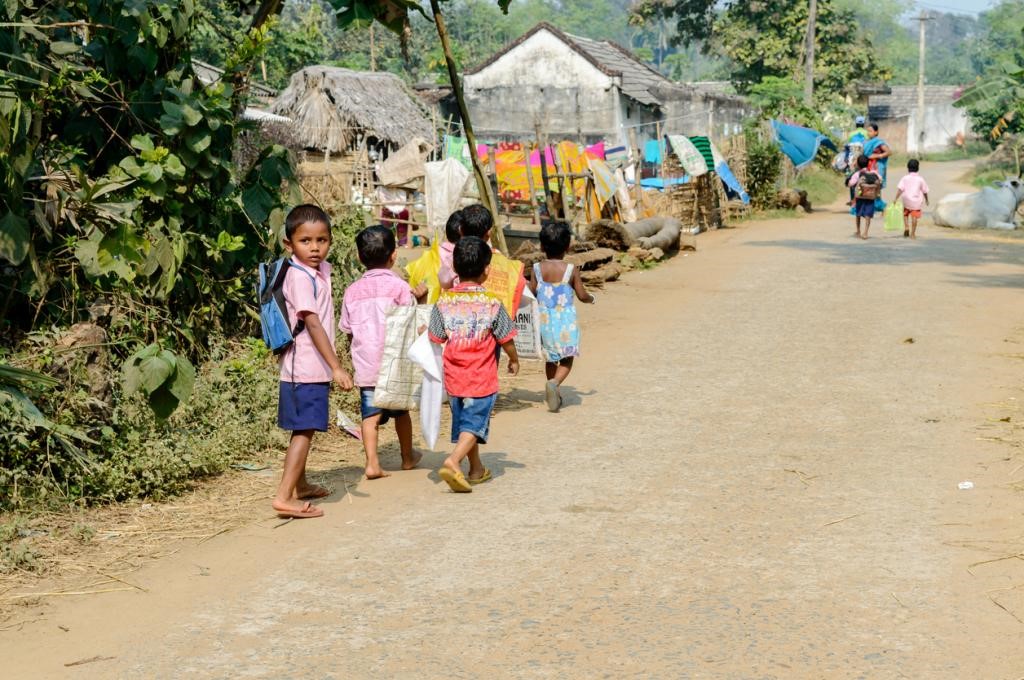Free Courses Sale ends Soon, Get It Now


Free Courses Sale ends Soon, Get It Now



Disclaimer: Copyright infringement not intended.
Context
Details
Key takeaways from the report

About SDG-4
Sustainable Development Goal 4 (SDG 4) is one of the 17 global goals established by the United Nations in the 2030 Agenda for Sustainable Development. It focuses on ensuring inclusive and equitable quality education and promoting lifelong learning opportunities for all.
Goal
Targets and Indicators
Importance of SDG 4
Conclusion
The report underscores the challenges and slow progress in achieving the goal of quality education for all by 2030, with particular concerns about gender disparities, insufficient teacher training, and the impact of the COVID-19 pandemic. Urgent and concerted efforts are needed to bridge these gaps and meet the educational targets set by the United Nations.
|
PRACTICE QUESTION Q. Analyze the impact of the COVID-19 pandemic on the progress towards Sustainable Development Goal 4 (SDG 4) and the urgent measures required to achieve quality education for all by 2030. (150 Words) |
© 2024 iasgyan. All right reserved